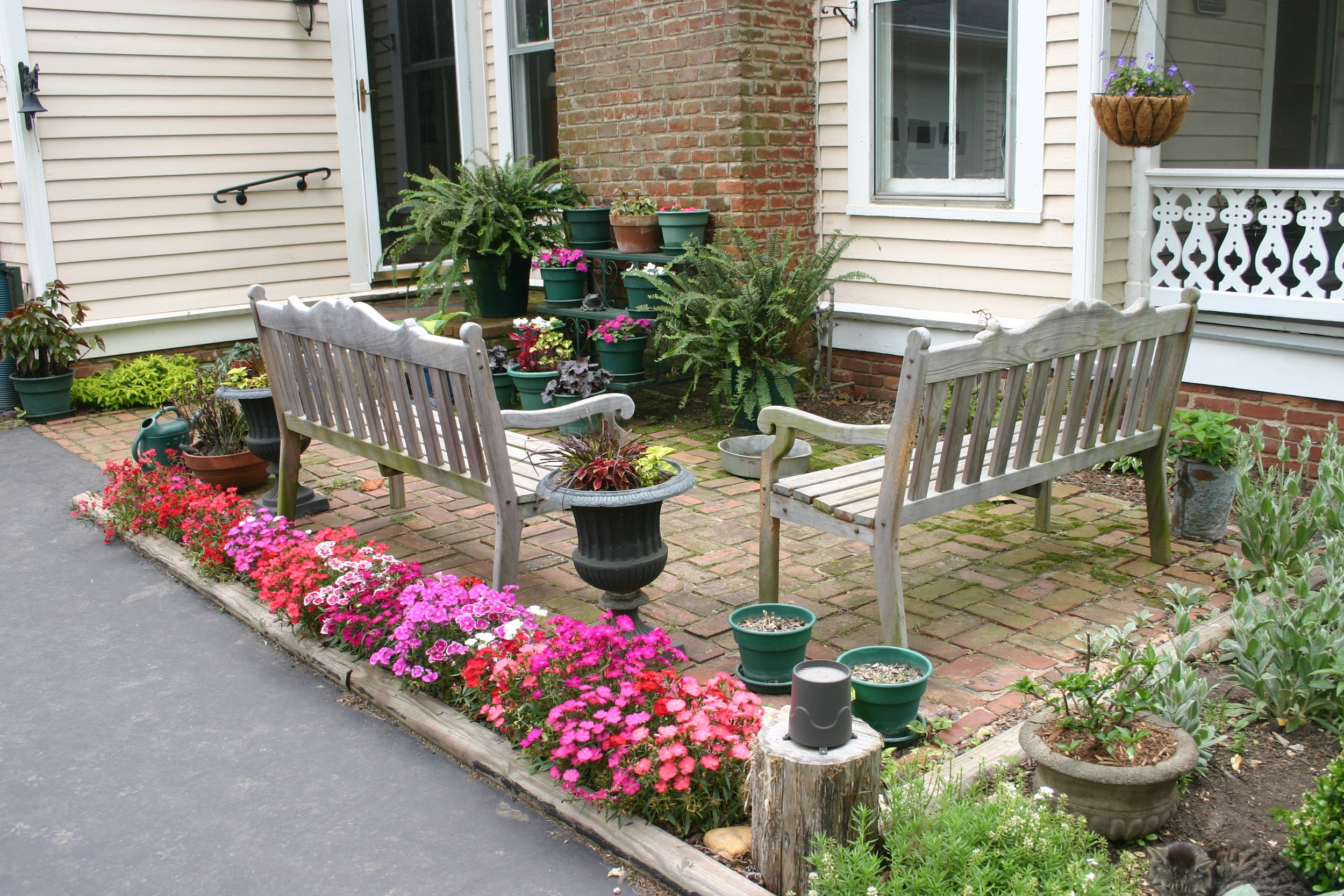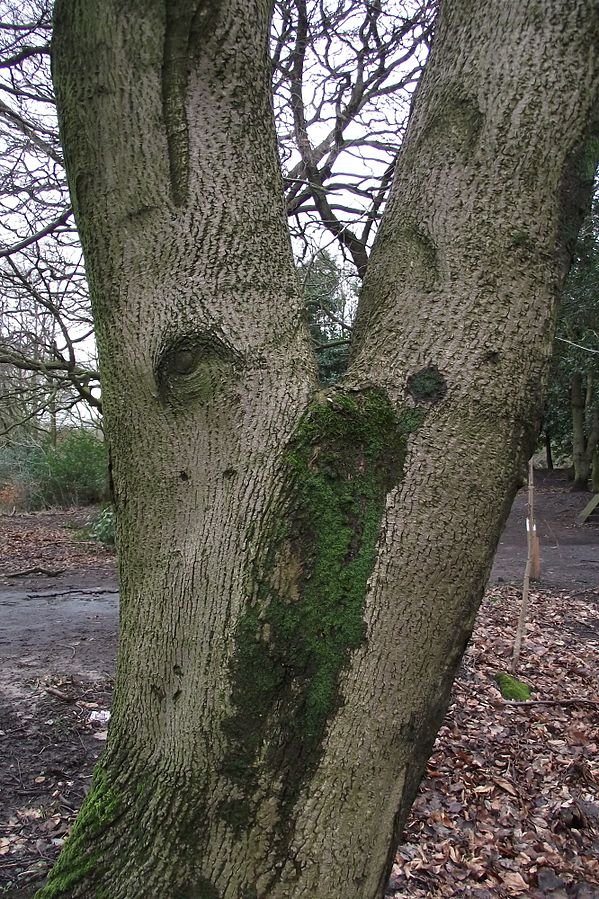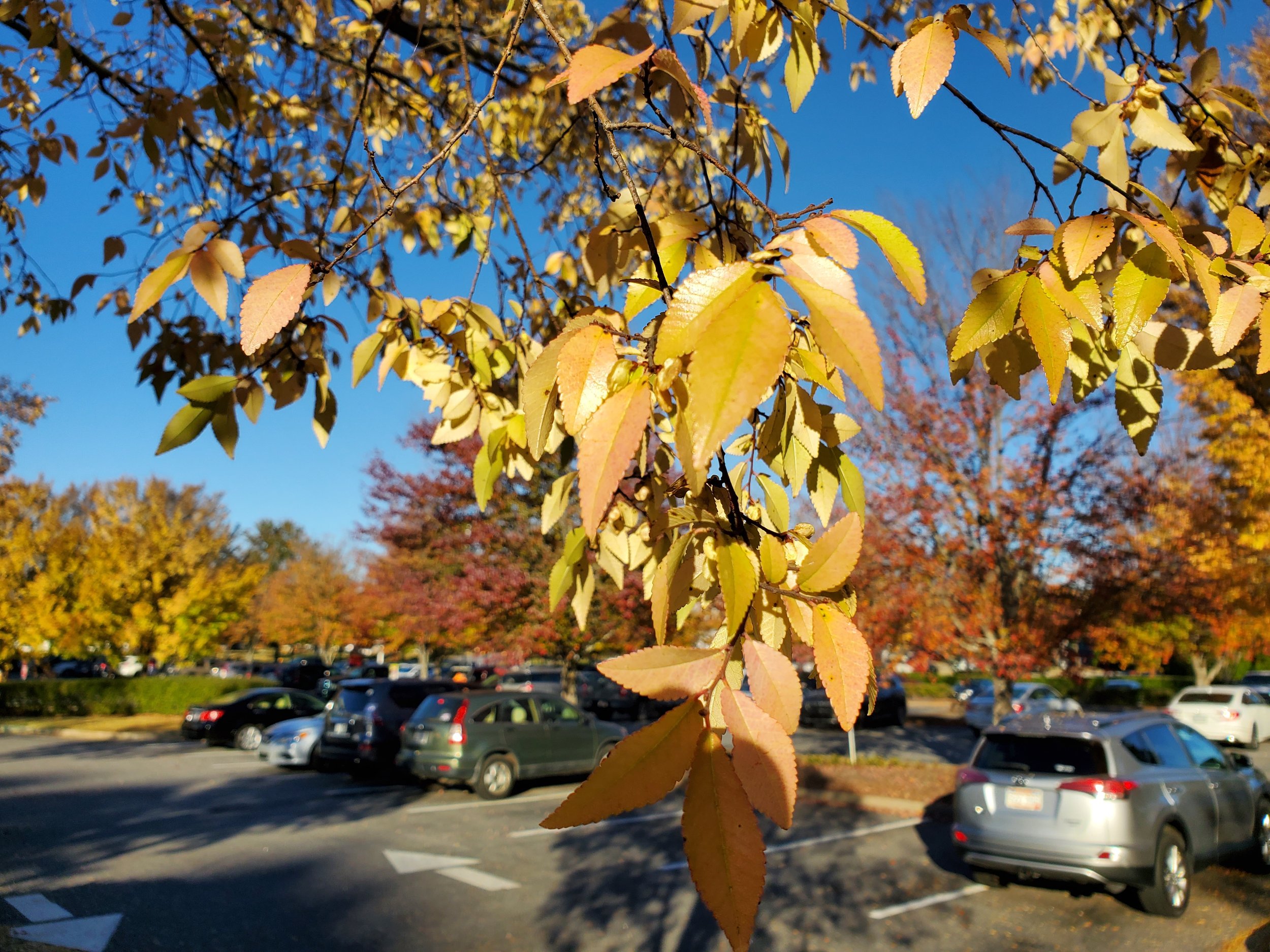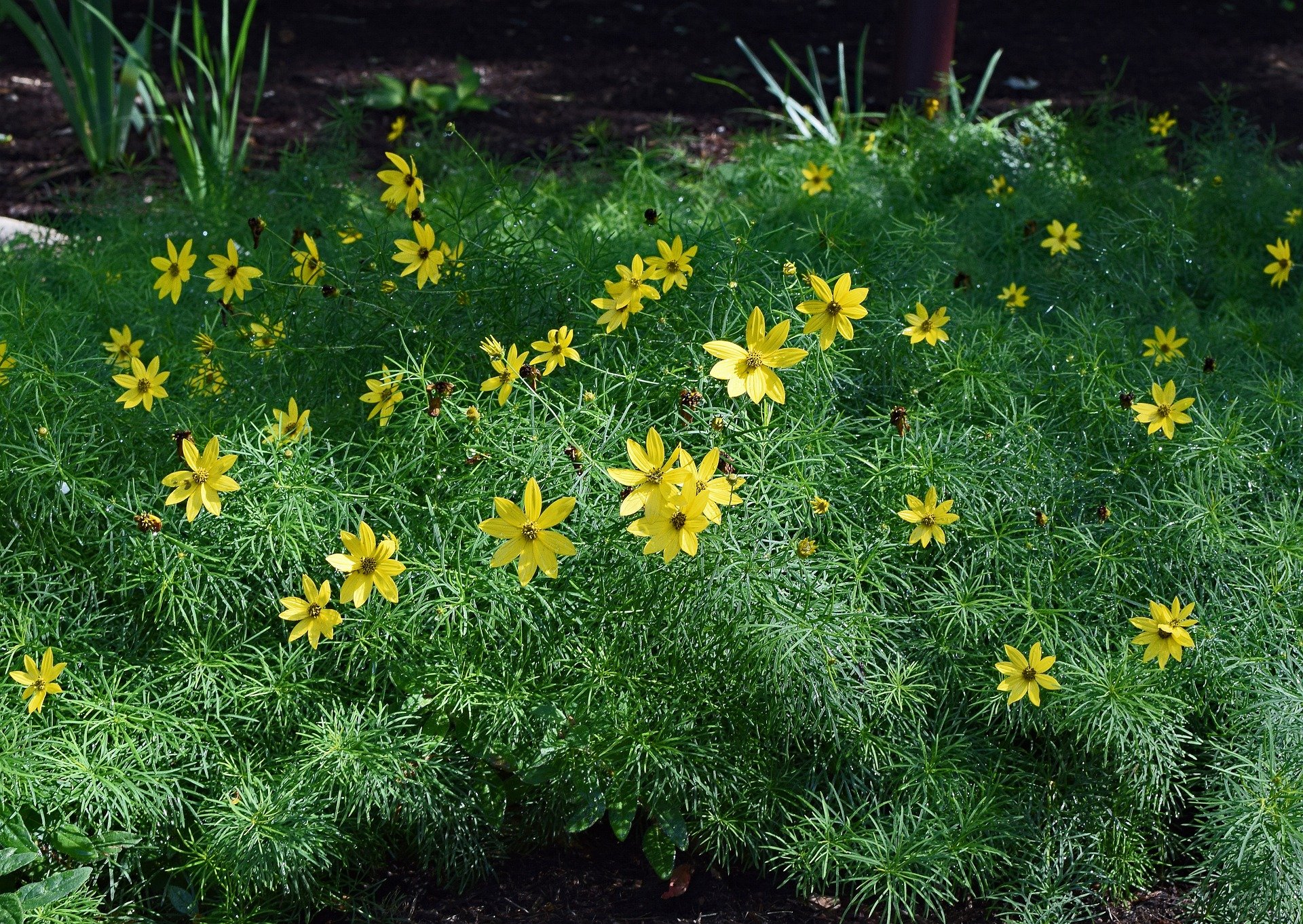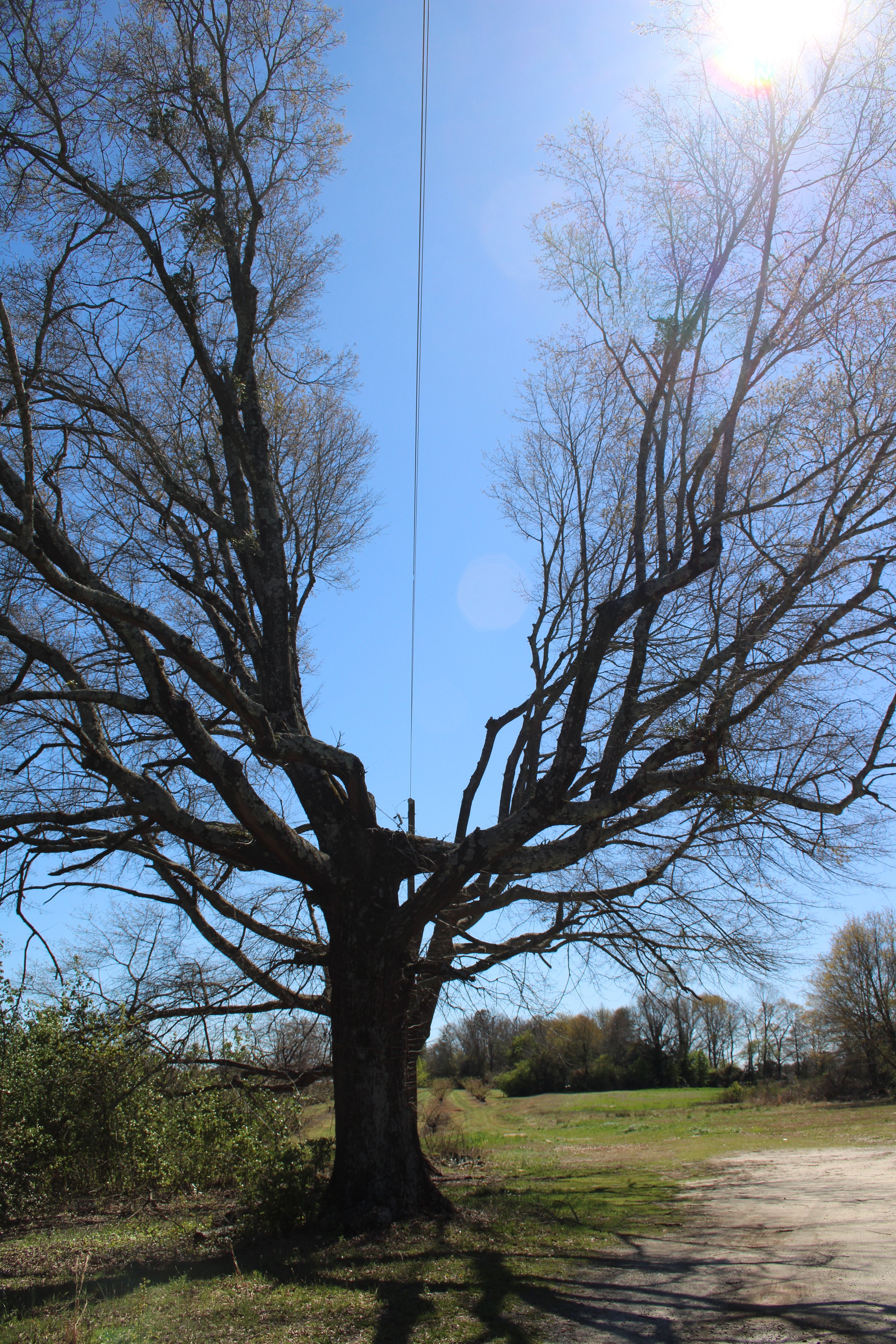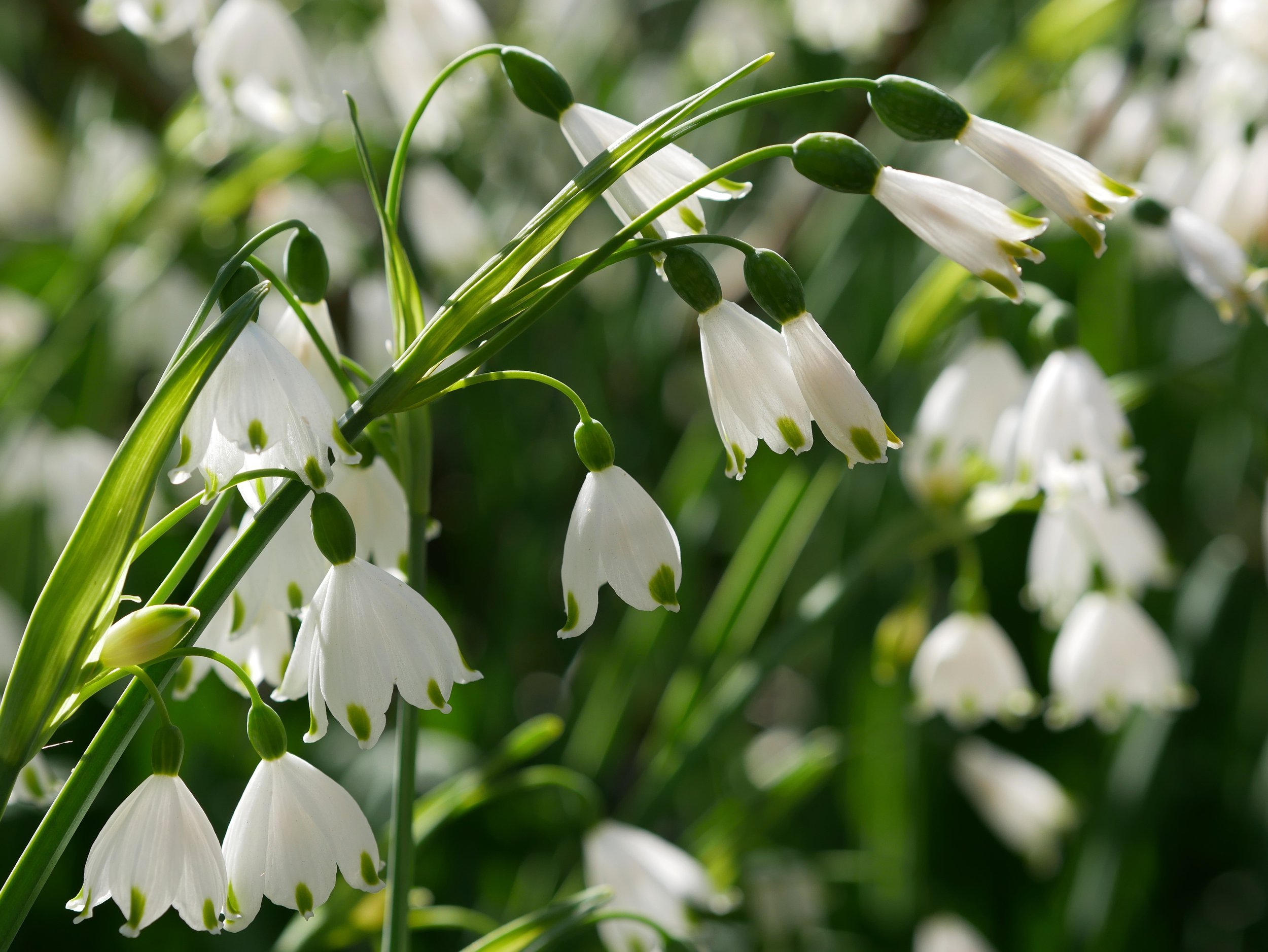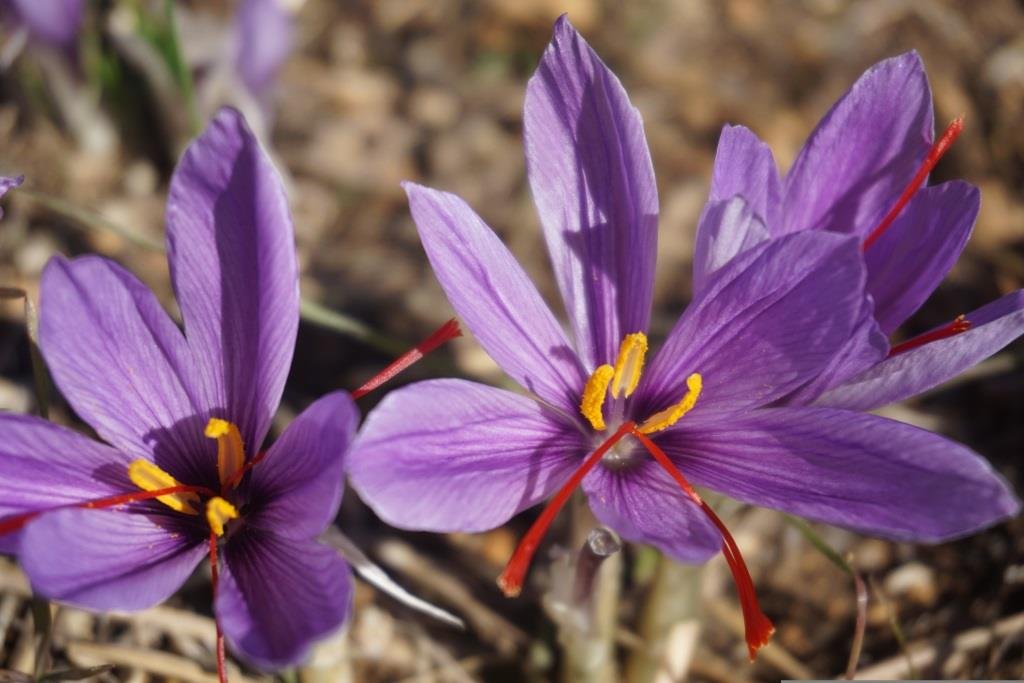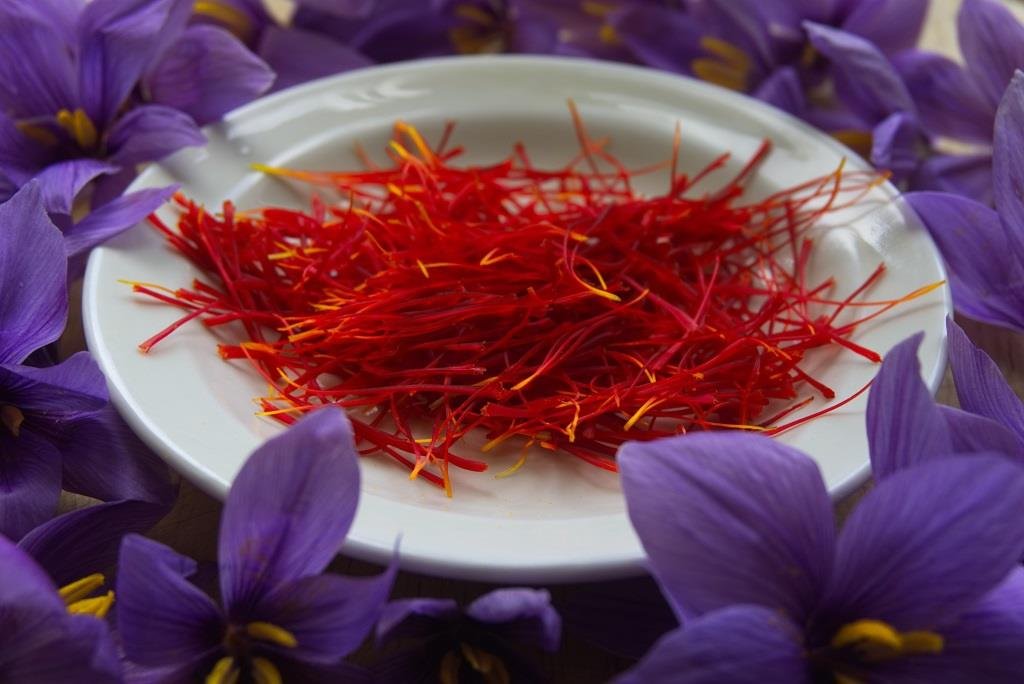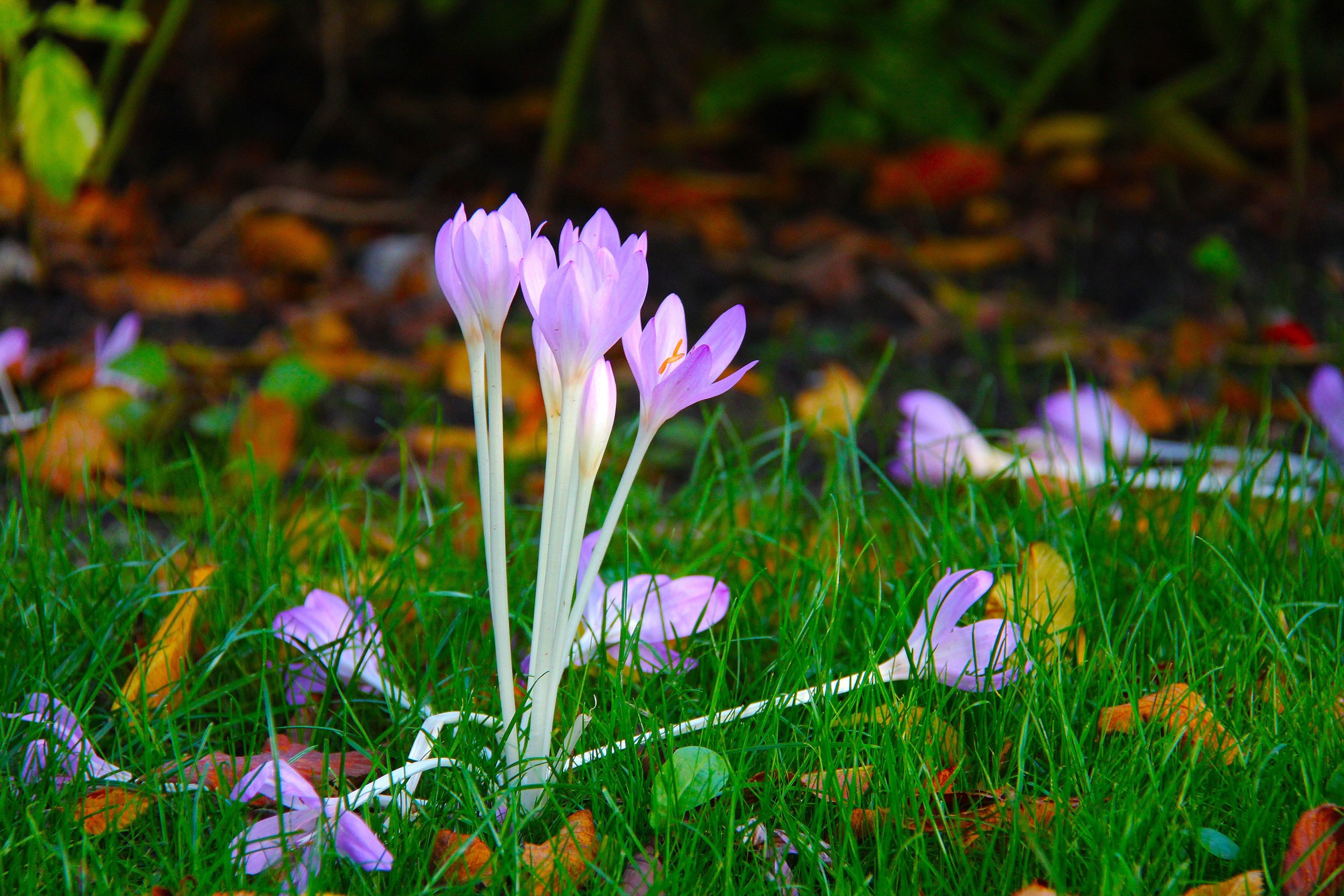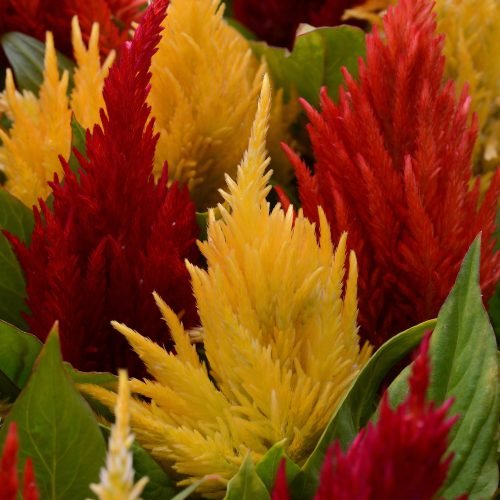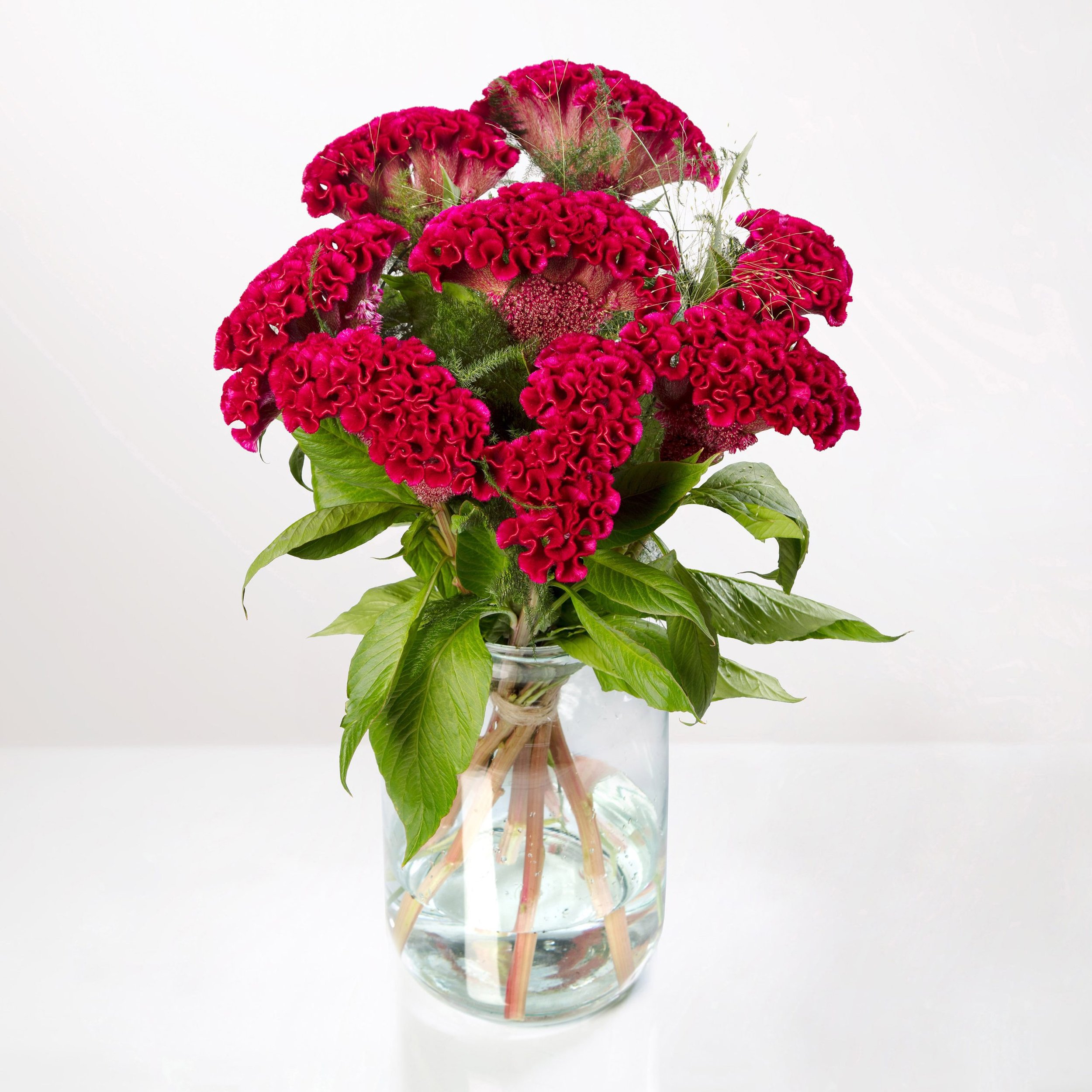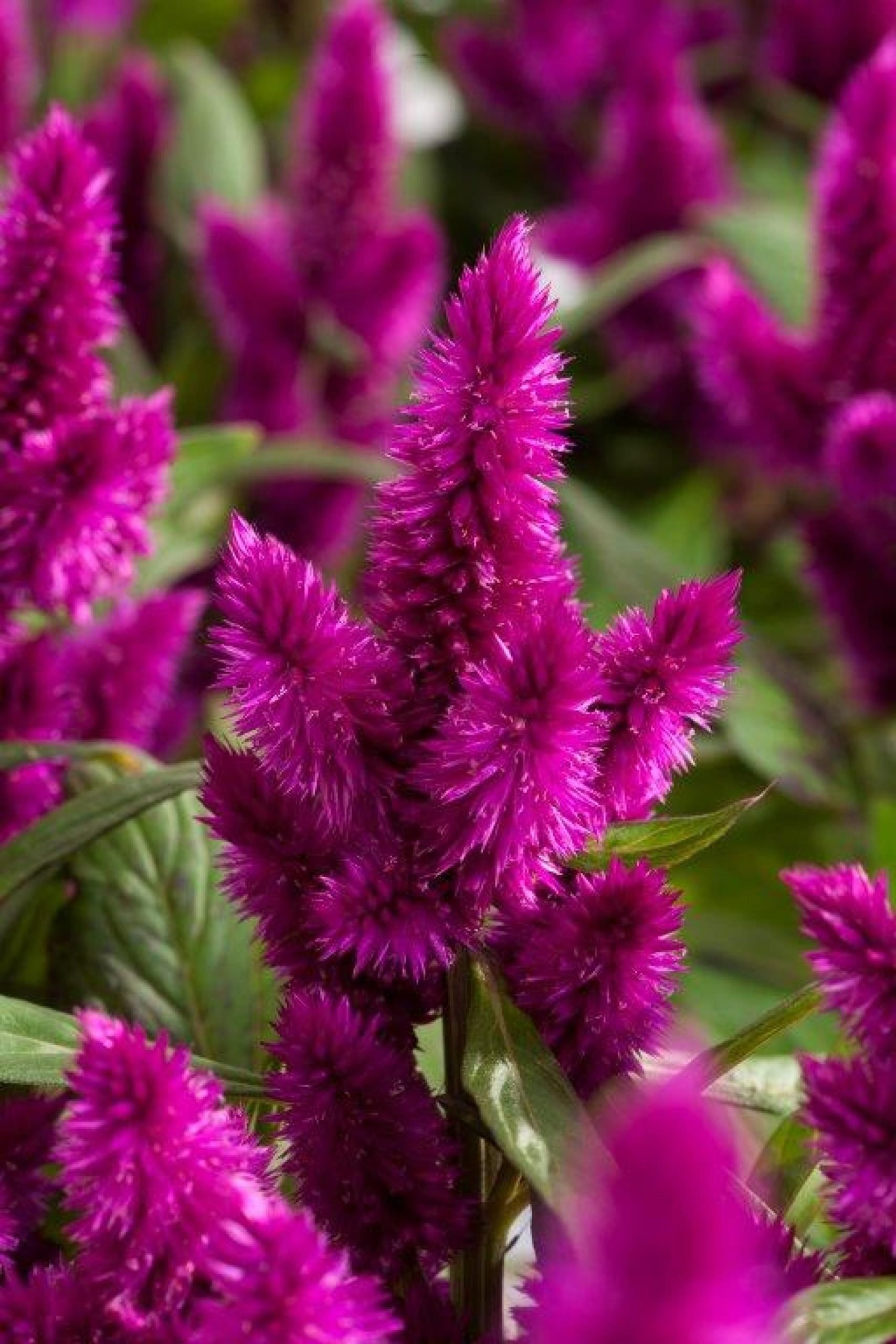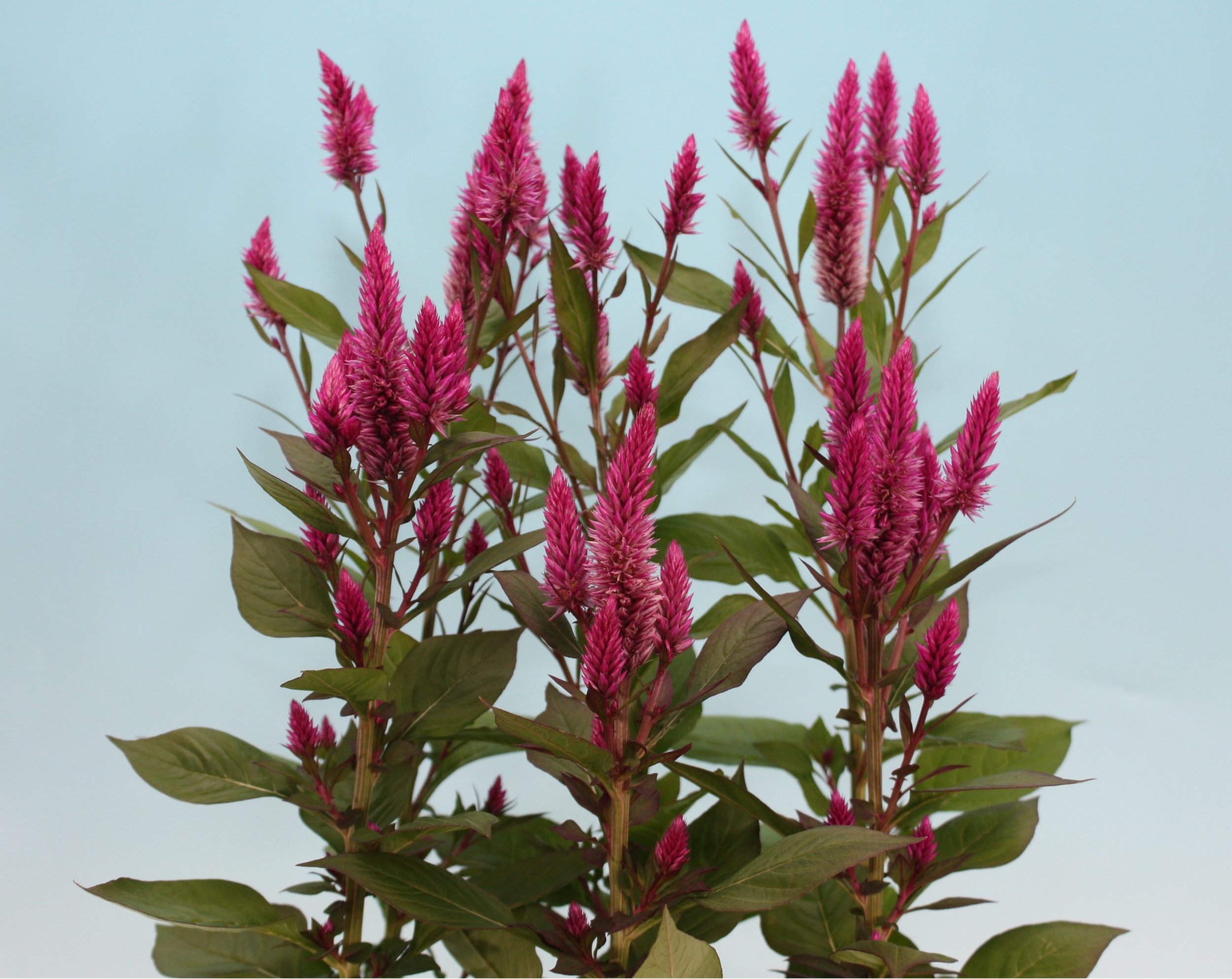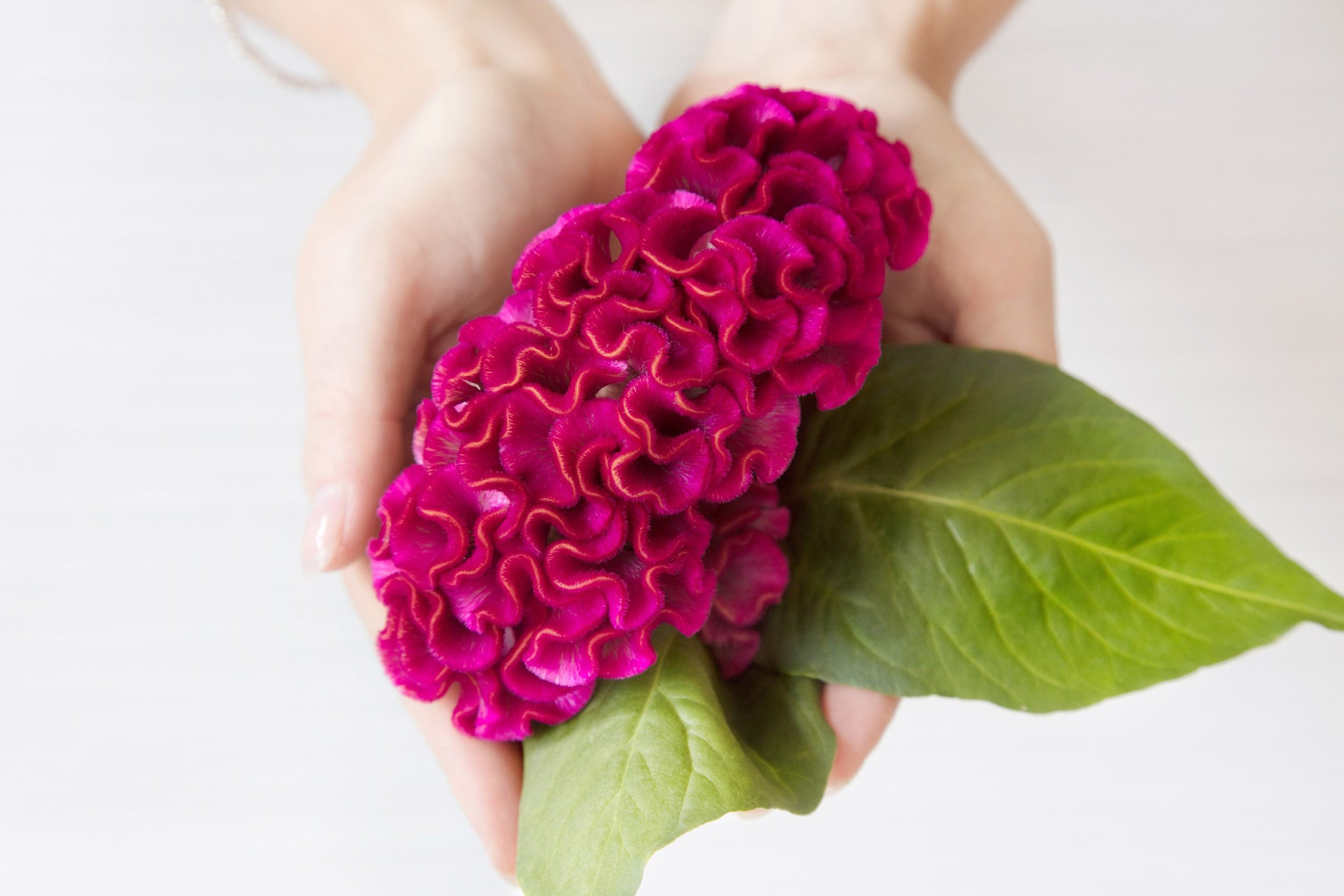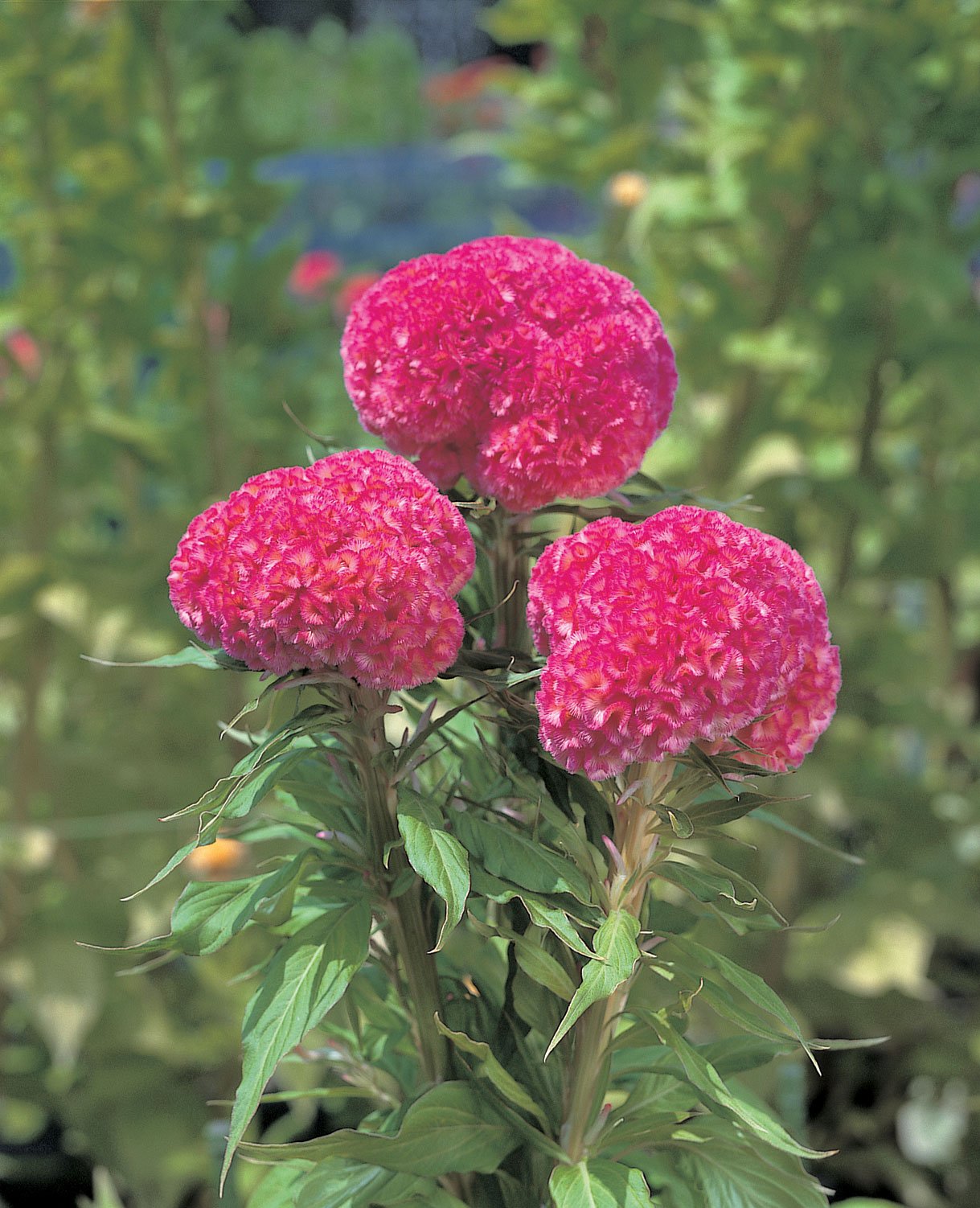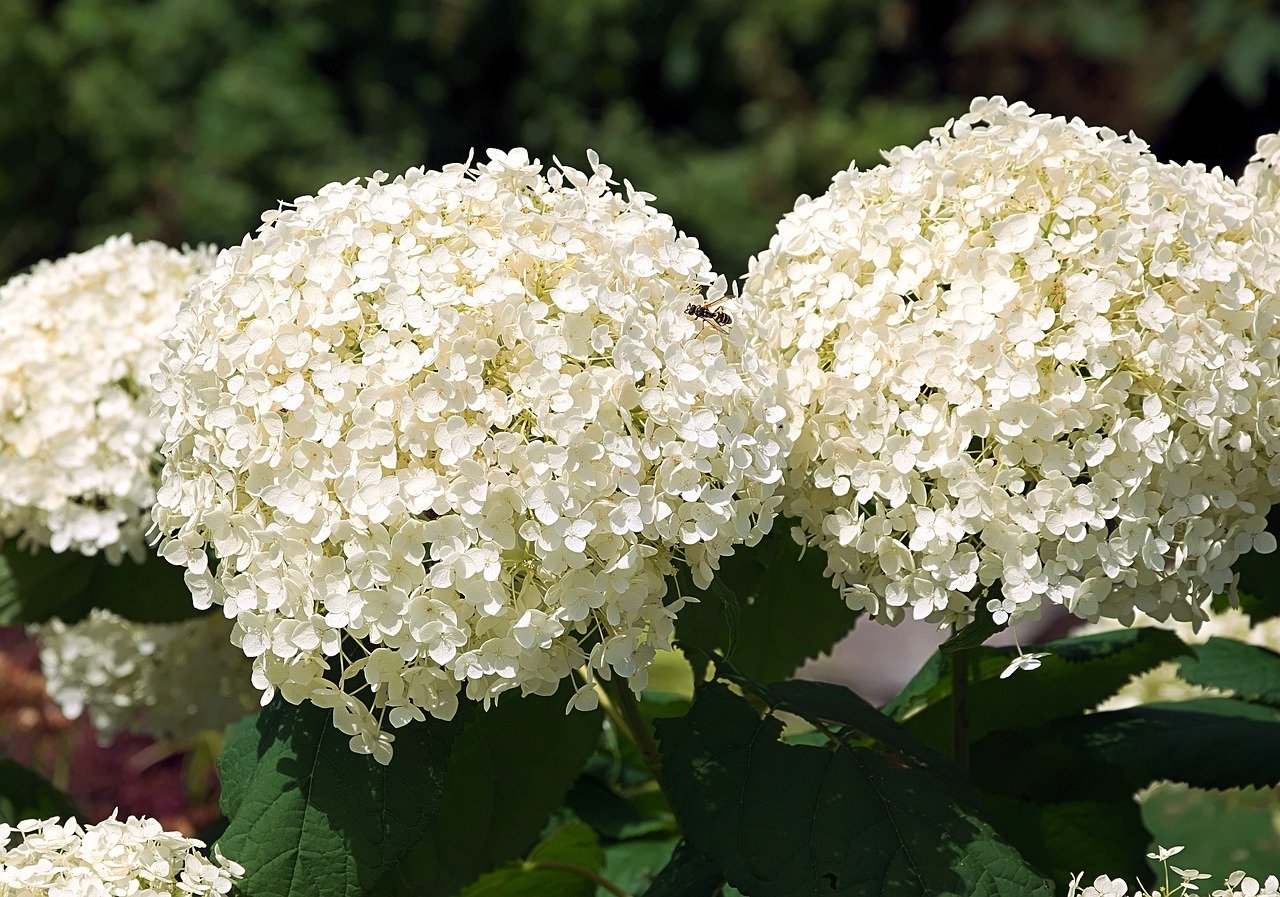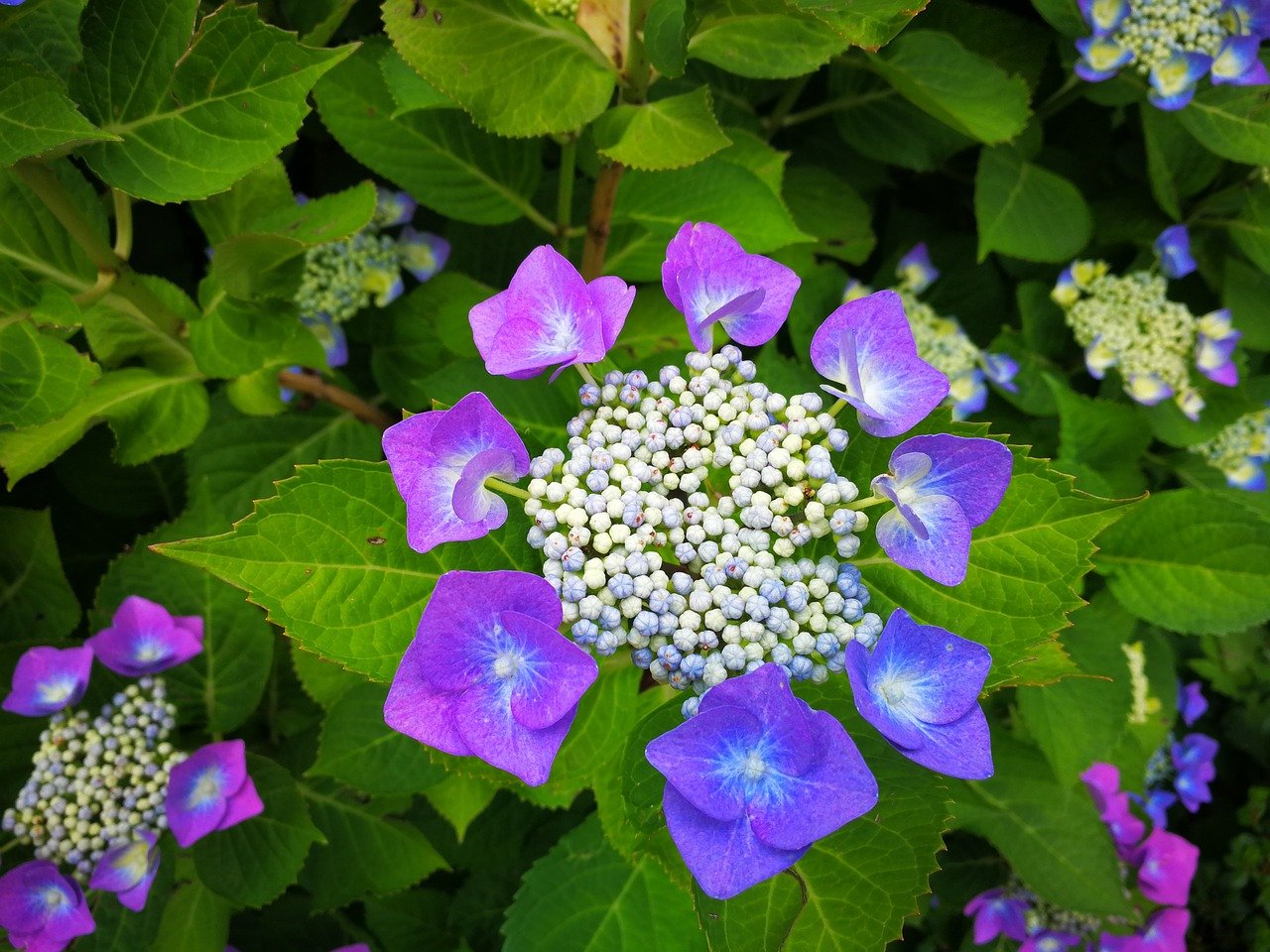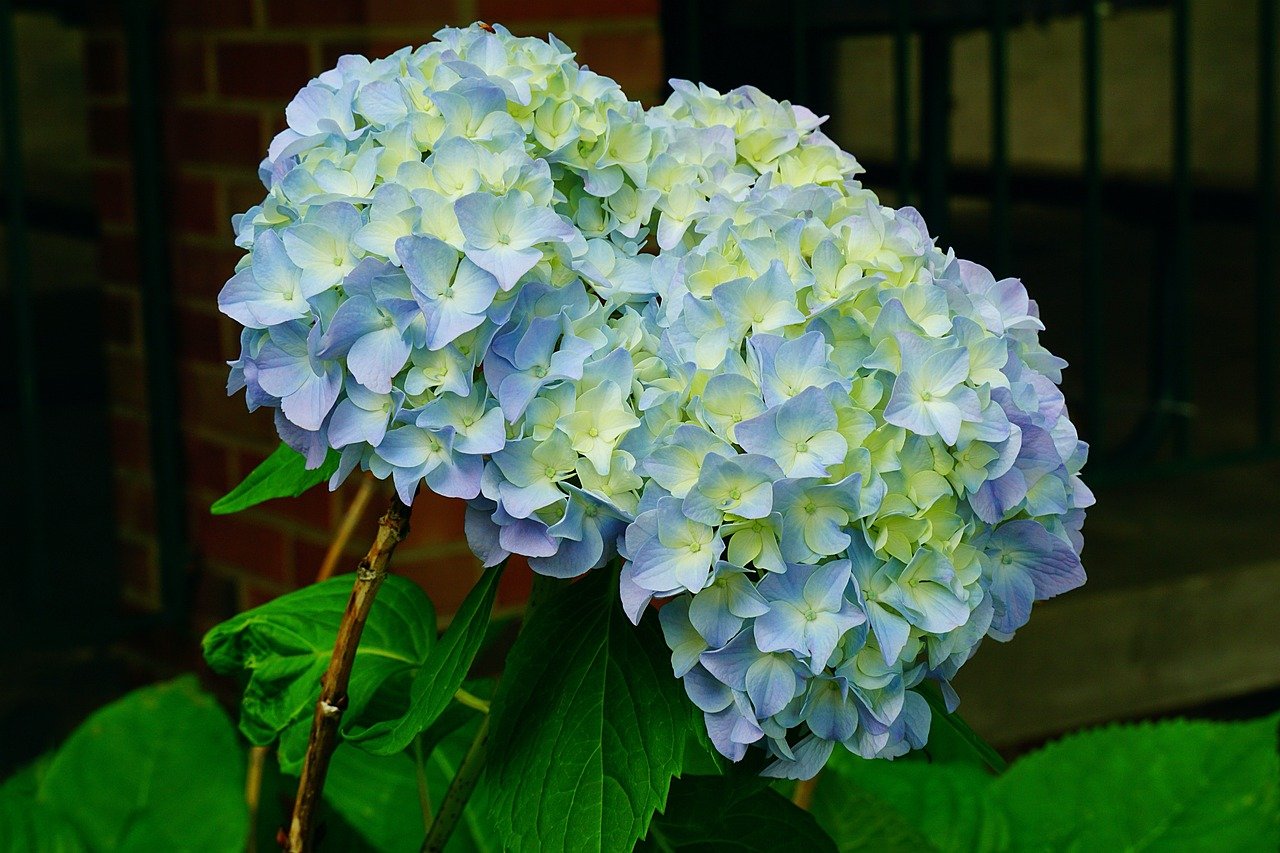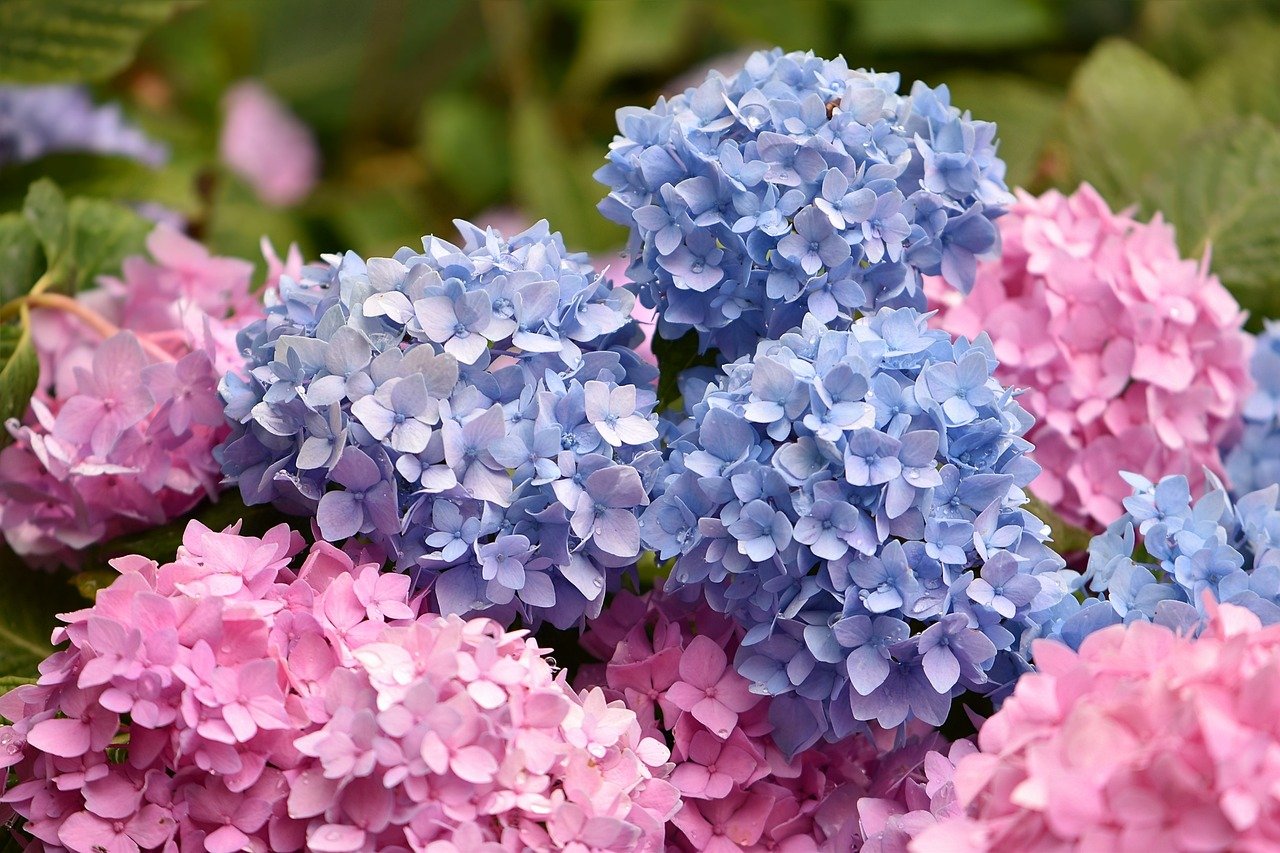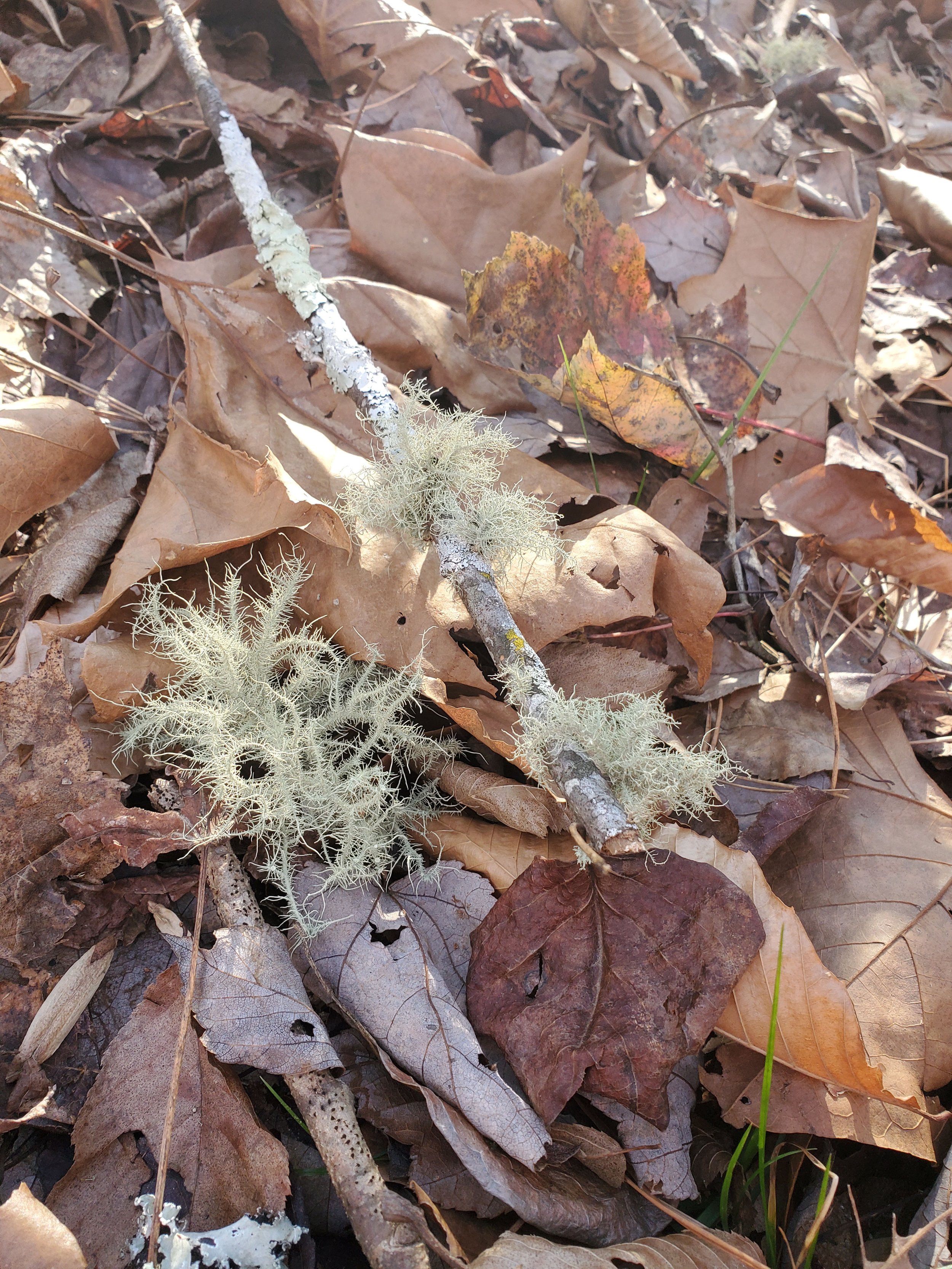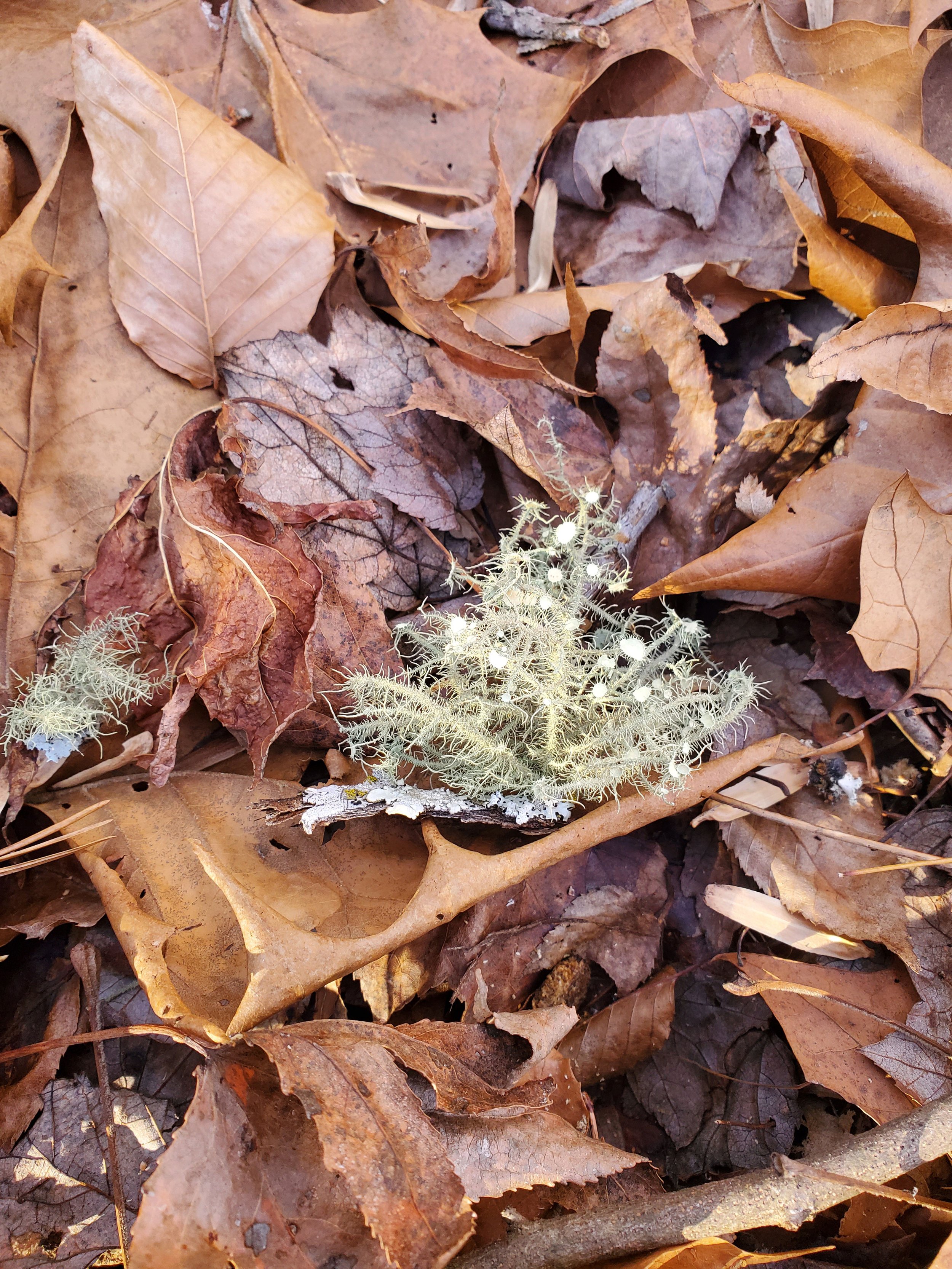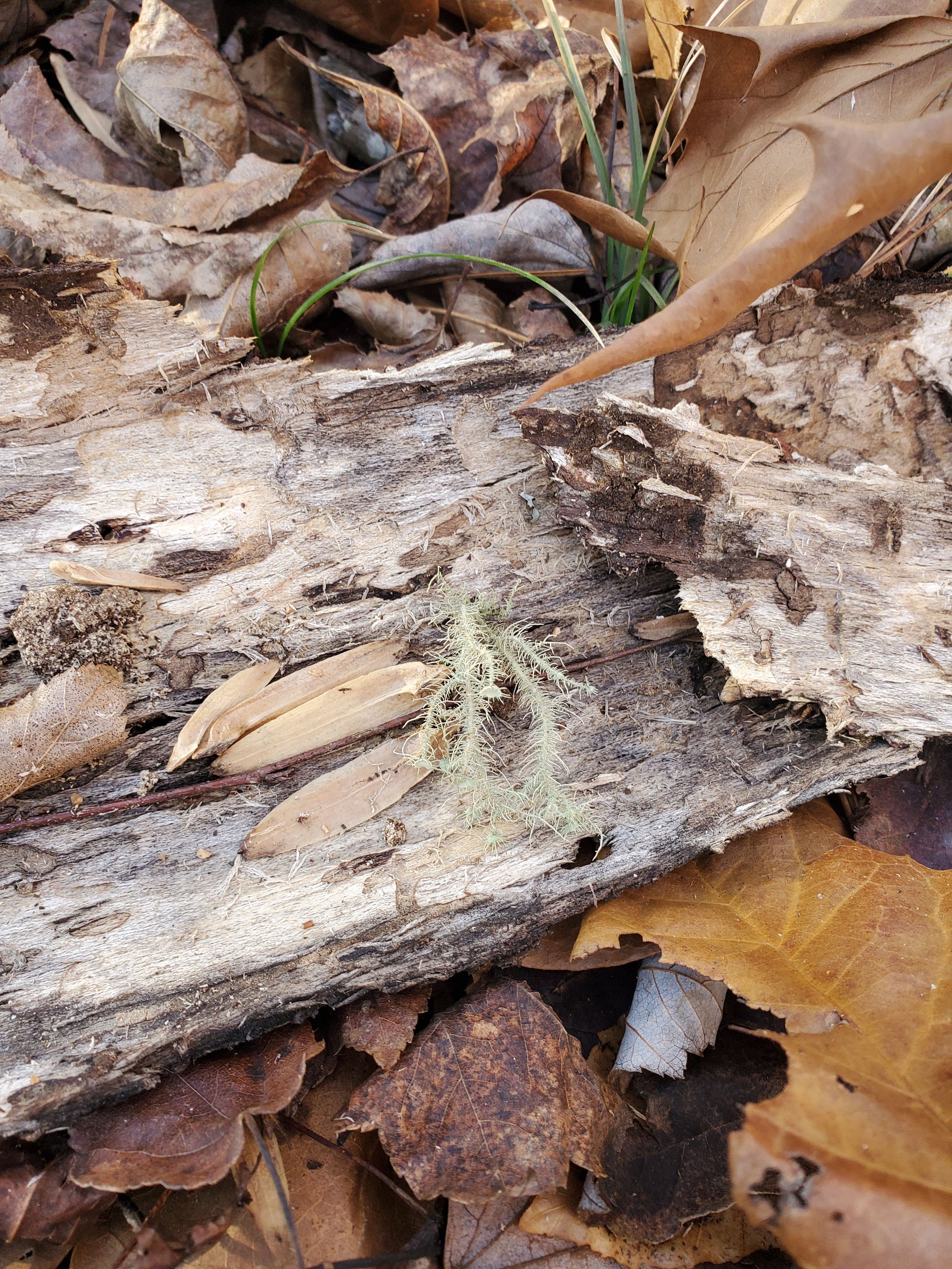I managed to dodge Biology in high school, but it caught up to me when I enrolled in the Master Gardener education program of Clemson University. In MG class, I was taught to remember the taxonomic classification string (Kingdom, Phylum, Class, Order, Family, Genus, Species) with a mnemonic memory device: King Phillip Came Over From Germany, Singing. As a gardener, I use this mnemonic as often as I use the Pythagorean Theorem (read: rare) but one mnemonic device that is very helpful is the one I use for Hydrangea selection.
With proper choices, southeastern gardeners can have Hydrangeas in bloom for many months. Use this memory word to make your selections: ONEAL.
O – is for Oakleafs, Hydrangea quercifolia. They have lobed leaves, unlike other Hydrangeas. These are the first to flower in my southern garden, beginning in May. I like the look of the spent blooms as much as I do the fresh ones, so I leave them in place even after they have aged to pink-tan. They provide an interesting contrast to the autumn foliage, which turns burgundy or purple. Leaves remain on the exfoliating branches for many weeks before they fall. ‘Snow Queen’ is a widely available variety. ‘Snowflake’ is my favorite cultivar, with a huge flower mass that consists of numerous double white florets. I grow ‘Little Honey’ more for its yellow foliage than its flowers. I expected ‘Little Honey’ to remain little, but she grew to five feet tall in my bed of moist, rich soil in half shade. Mature Oakleafs are wider (10 feet) than they are tall (8 feet). In the Mary Snoddy garden, ‘Snow Queen’ limbs that touched the soil rooted and three plants grew into a dense forest 30 feet wide. Lovely, although it took a decade for these slow growers to achieve that dense appearance. Grow Oakleafs in partial shade, acidic soil, in zones 5-9. A mature plant can withstand limited periods of drought.
N – is for ‘Nikko Blue’ the big blue mophead still existing around many historical homes. It is Hydrangea macrophylla, which translates to “big leaves.” The flowers are exquisite, but are borne on “old wood,” which means a late freeze can zap buds and leave your flowerless during the ensuing summer. Be prepared to trot out the protective covering if a killing freeze is predicted. ‘Nikko Blue’ begins blooming after Oakleaf Hydrangea. Even with plentiful water, the wide leaves may wilt alarmingly during steamy days but will recover at the evening cool-down. Plants grow to six feet tall and wide, although they are usually pruned to be smaller. Grow these in shade or dappled light. Full sun will result in an crispy plant with few flowers.
E – is for the Endless Summer® Series, the first re-blooming Hydrangea macrophylla, introduced by Bailey Nurseries in 2004. Endless Summer hydrangeas bloom on both old wood (from last year’s growth) and new wood (from current year’s growth). Thus, should a late freeze kill the buds on old growth, gardeners can still enjoy flowers a bit later in the growing season. The enormous popularity of reblooming (“remontant”) types has spurred the introduction of many more cultivars, some mopheads and some lacecaps. Lacecap flowers consist of a center of unimpressive, fertile flowers surrounded by a ring of showy sterile flowers. Rebloomers must be nurtured with good soil, adequate fertilizer and enough moisture to stimulate new growth.
A - is for Hydrangea arborescens or Smooth Hydrangea. The ‘Annabelle’ cultivar brought popularity to this species with its huge white blooms, greater cold tolerance, and more sun tolerance than other cultivars. ‘Annabelle’ has been eclipsed by newer introductions ‘Incrediball,’ and its ‘Invincibelle’ relatives, which also expanded the color choices from white to rose, pink, red, and green (at maturity). Mature plants will reach five feet in height and width. They bloom on new wood. An aggressive winter pruning (down to 12 inches or so) will keep the shrub neat. I have found that the weight of rain on the large blooms may cause stems to bend, leaving flowers in the mud. As a preventative, surround a winter-pruned plant with a simple wire tomato cage. New growth conceals the cage and provides support to keep the flowers upright, where they can be seen and enjoyed. Smooth Hydrangea flowers last a long time on the plant. Plant in moist, acidic to neutral soils, zones 3-9, partial shade to full sun (with added irrigation).
L - is for ‘Limelight,’ the most commonly grown cultivar of Hydrangea paniculata, commonly Panicle Hydrangea or Peegee. Most Panicle Hydrangeas are large, reaching to 15 feet tall and 12 feet wide. ‘Limelight’ is more compact, making it easier to incorporate into borders. Newer introductions, such as ‘Little Lime,’ ‘Pee Wee,’ or ‘Pinky Winky’ are even more compact. Most cultivars have white flowers that age to green, but ‘Pinky Winky’ is rosy pink. Grow H. paniculata in neutral to acidic, moist soil, zones 4-8, in partial shade to partial sun.
If you plant a Hydrangea in each of the ONEAL categories, you should be able to enjoy flowers from May through frost.
A quick summary on pruning: Prune H. paniculata and H. aborescens in the fall since they bloom on new wood. ‘Endless Summer’ varieties produce flowers on both old and new wood. Cut their faded flower stems to half their length to encourage new growth and buds. Prune after last bloom in the fall to control shape and height. Prune ‘Nikko Blue’ in the summer immediately after blooming. Do not trim in fall. For H. quercifolia, prune in fall for smaller, more numerous flowers. Pruning in the spring means fewer flowers but they will be larger. No pruning at all usually results in more numerous but smaller flowers. Unless your ‘Nikko Blue’ or ‘Endless Summer’ mophead hydrangeas have outgrown their location, there is no need to prune at all, except to remove dead limbs. Pruning does not increase the number of blooms. Really!




